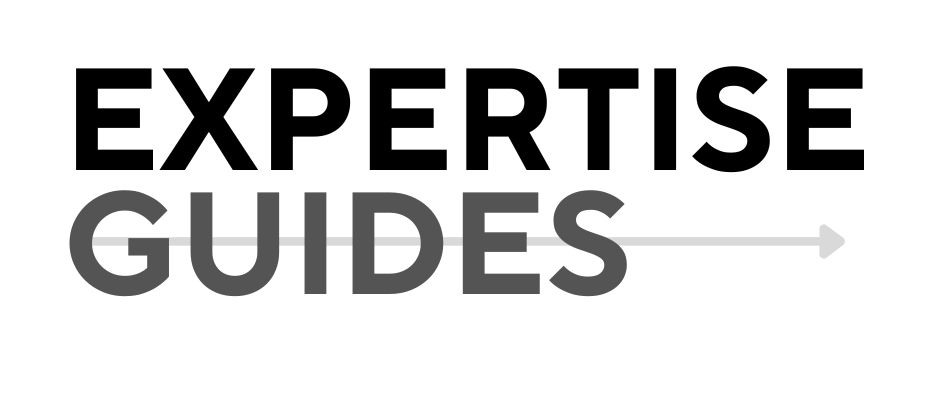Summary: Discover how to elevate your coaching effectiveness using powerful diagnostic tools and techniques. Engage with interactive elements to enhance your practice.
Information Type: Workbook
Have you ever wondered why some business coaches consistently achieve remarkable results while others struggle? It often boils down to the effectiveness of their diagnostic tools and techniques. As a coach, understanding the nuances of your client’s challenges with precise diagnostic tools can make all the difference.
I. Introduction: The Power of Diagnostic Tools in Business Coaching
Diagnostic tools are the compass in the vast sea of business coaching. They help coaches navigate the complexities of client challenges, ensuring targeted and effective interventions. Accurate diagnosis is crucial—it lays the foundation for crafting strategies that resonate with the client’s unique needs. This workbook is designed to empower you with the diagnostic prowess needed to enhance your coaching practice.
Interactive Element: Begin by taking a self-assessment quiz to evaluate your current diagnostic practices. Reflect on your strengths and areas for improvement.
II. Core Diagnostic Frameworks
A. SWOT Analysis
A staple in the toolkit of many coaches, the SWOT Analysis helps identify the Strengths, Weaknesses, Opportunities, and Threats facing a business. It offers a strategic overview, guiding clients toward informed decision-making.
B. McKinsey 7S Model
This model provides a holistic view of organizational effectiveness by analyzing seven key elements: Strategy, Structure, Systems, Shared Values, Skills, Style, and Staff. It’s a powerful tool for aligning internal processes with strategic goals.
C. Balanced Scorecard
The Balanced Scorecard translates strategic objectives into a set of performance measures across four perspectives: financial, customer, internal processes, and learning and growth. It ensures a balanced approach to performance evaluation.
D. Business Model Canvas
A visual tool for mapping out the building blocks of a business, the Business Model Canvas helps coaches and clients understand and innovate the business model.
Interactive Elements:
- Apply each framework to a sample business case with guided exercises.
- Reflect on the strengths and limitations of each tool.
- Challenge yourself to identify potential biases when using these frameworks.
III. Advanced Diagnostic Techniques
A. Root Cause Analysis
Root Cause Analysis delves into the underlying causes of issues, rather than just addressing symptoms. It’s a technique that fosters deep understanding and sustainable solutions.
B. Systems Thinking
By viewing problems as parts of an overall system, Systems Thinking enables coaches to identify patterns and interrelationships, leading to more effective interventions.
C. Appreciative Inquiry
Focusing on strengths and potential rather than problems, Appreciative Inquiry encourages positive change by exploring what works well and envisioning future successes.
Interactive Elements:
- Follow step-by-step worksheets for each technique.
- Analyze case studies using multiple diagnostic methods.
- Engage in critical thinking by comparing these approaches with traditional problem-solving methods.
IV. Customizing Your Diagnostic Approach
Every client is unique, and so should be your diagnostic approach. Tailoring your methods to fit specific client needs ensures more effective coaching outcomes.
A. Matching tools to specific client needs
Choose diagnostic tools that align with the client’s challenges and goals.
B. Combining multiple diagnostic methods
Blend different tools to create a comprehensive diagnostic approach.
C. Developing your own diagnostic framework
Craft a personalized framework that leverages your expertise and insights.
Interactive Elements:
- Utilize a decision tree to select appropriate diagnostic tools.
- Create a personalized diagnostic framework with a guided worksheet.
- Participate in a peer review exercise to share and critique frameworks with colleagues.
V. Ethical Considerations and Continuous Improvement
Ethics play a crucial role in diagnostics. Addressing potential biases, maintaining confidentiality, and staying updated with business trends are essential for responsible coaching.
A. Addressing potential biases in diagnostics
Be aware of your biases and strive for objectivity in your assessments.
B. Maintaining client confidentiality
Ensure all client information is kept confidential and secure.
C. Staying updated with evolving business landscapes
Continuously educate yourself on industry trends and diagnostic advancements.
Interactive Elements:
- Analyze ethical scenarios to enhance your understanding.
- Develop a personal development plan worksheet to guide your growth.
- Reflect on opposing viewpoints and explore critiques of diagnostic tools in coaching.
This workbook structure encourages active participation, critical thinking, and practical application of diagnostic tools. By engaging with different perspectives and understanding the limitations of these tools, you’ll foster a comprehensive understanding of business diagnostics.
Follow me for more insights. Comment with your thoughts and let’s discuss how these tools have impacted your coaching practice. Share this article with fellow coaches to spread the knowledge!


